Nathan Phua on his first year as a professional trail running photographer
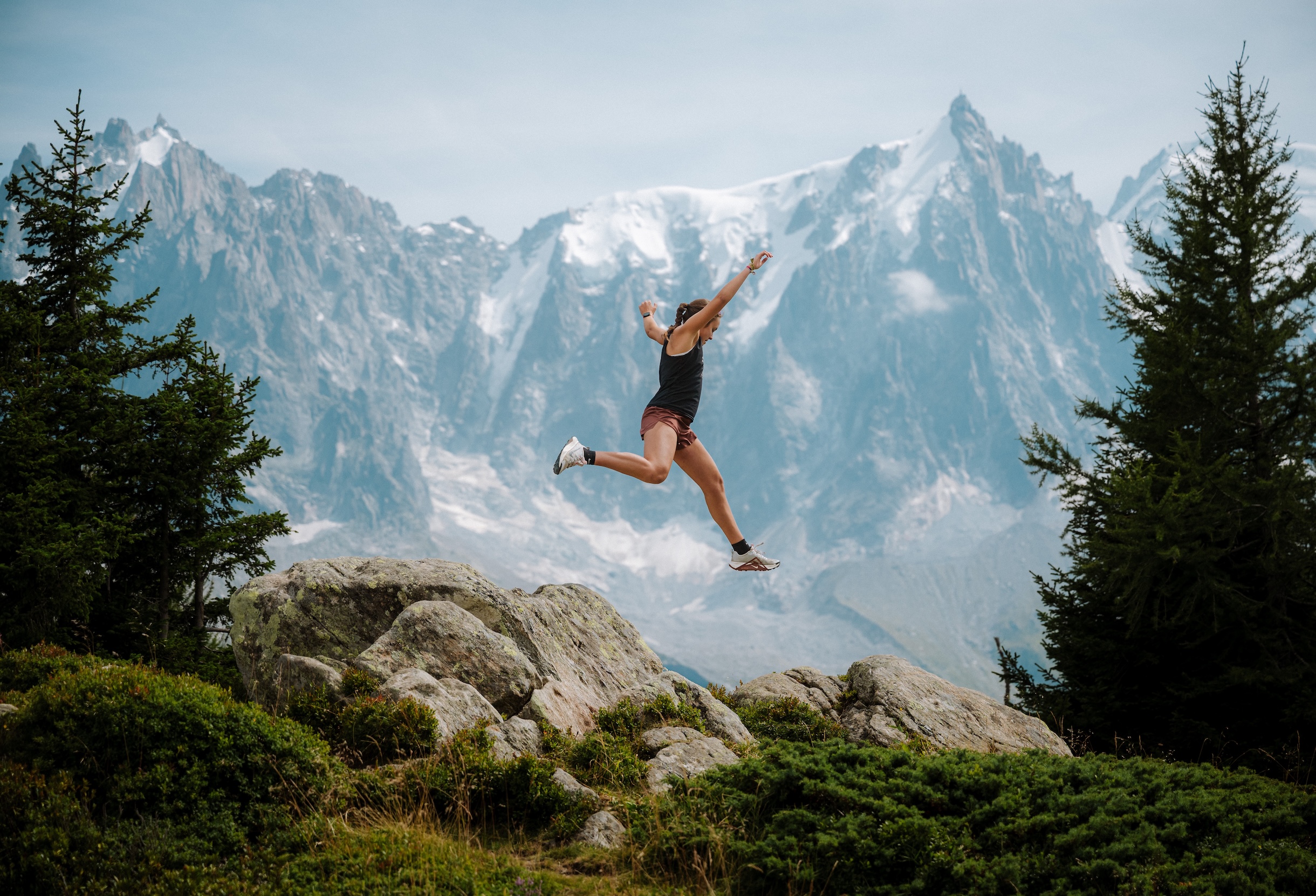

Nathan Phua has quickly become a standout photographer in the trail running space, working with major brands and events. While he's been making images for years, Nathan only started shooting runners 12 months ago, making this the perfect time to catch up. Nathan details the biggest lessons from his first year, his philosophy on blending artistic composition with emotion, and shares practical advice for anyone looking to make the leap into professional outdoor photography.





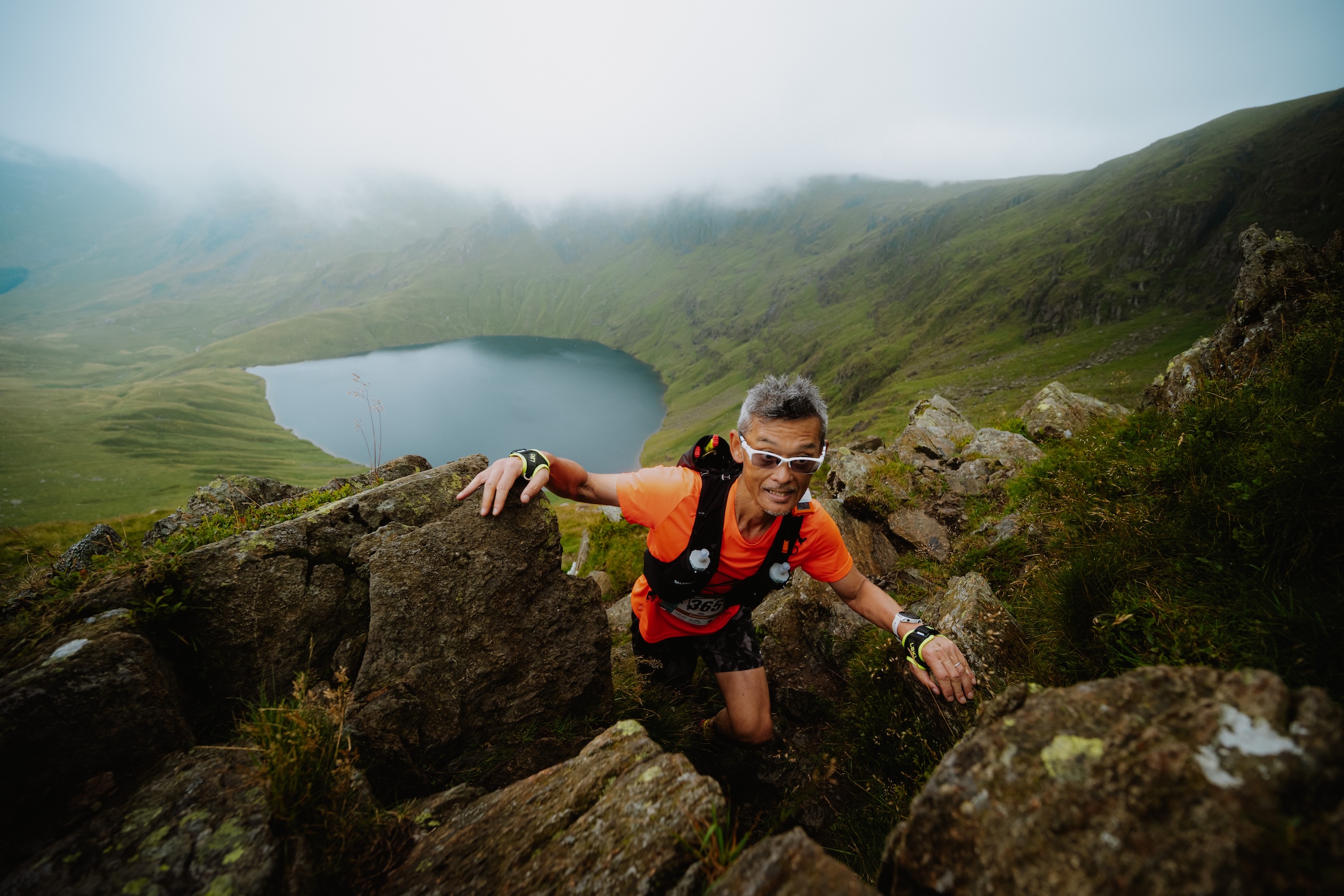
Hi Nathan, congratulations on your first 12 months of photographing trail running. Your development in such a short space of time is incredible. What’s the biggest lesson you’ve learnt in your first year?
The most crucial learning I’ve taken away from this year is that relationships are everything. To invest in people. That without the friend, the client, the mentor, you will hit a hard limit. Find those who are better than you; communicate well; be kind and generous not with expectation but because it’s who you are. The deeper the connection, the better the work and outcomes you can drive for your client.
I do recognise, however, that everyone’s learnings are individual, depending on your own starting set of strengths and weaknesses. My strength was the art—which leads on to the next section…
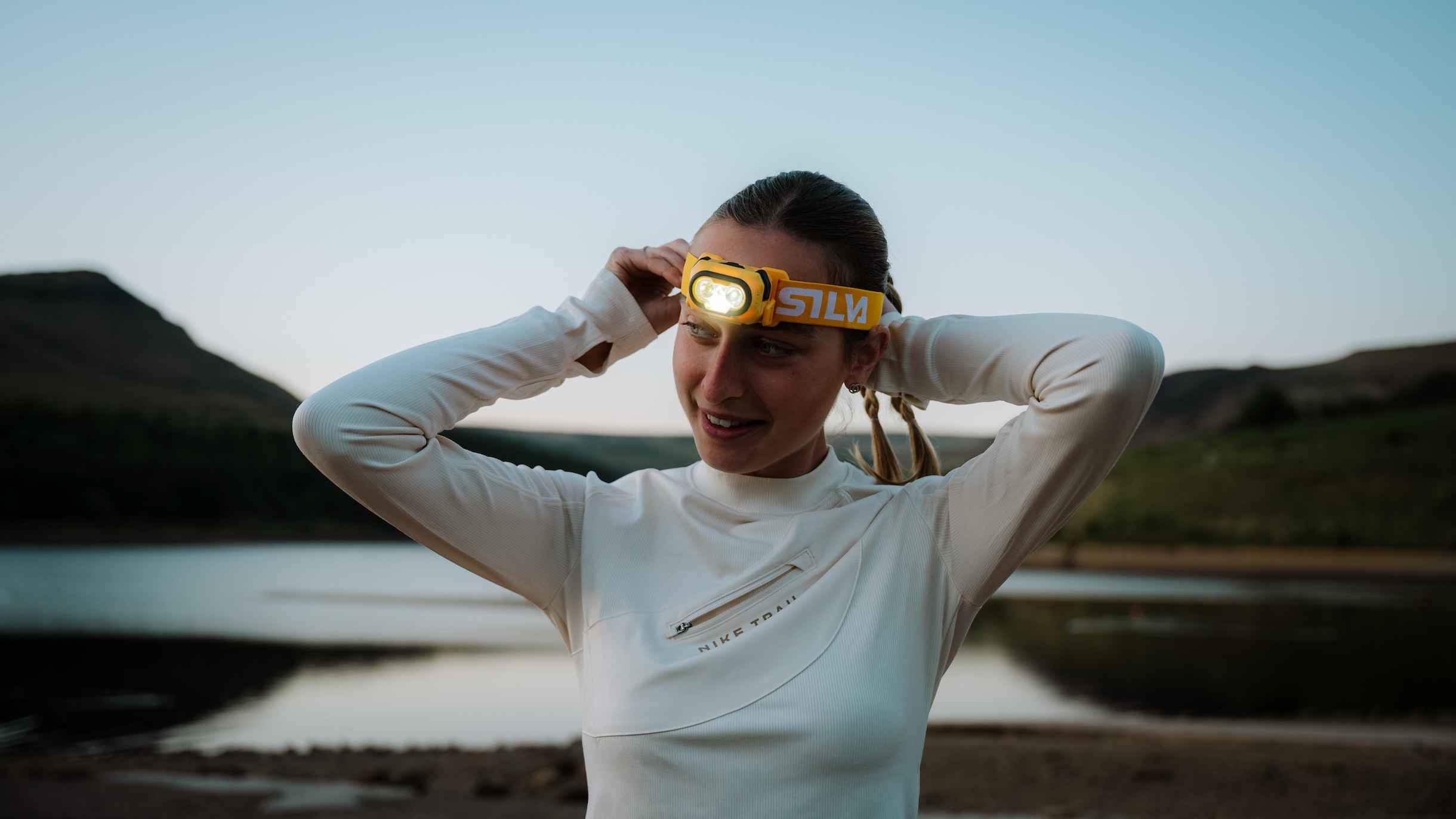
My approach now typically starts from how I can make the most beautiful, creative images possible; images that are pleasing to the eye and make the viewer feel a sense of awe.





I know you’ve dabbled in photography for years, what were you shooting before trail running and how do you think that influences your work today?
I started shooting 8 years ago, after discovering it was much more rewarding than the drawing/painting I was doing at the time. In the early years, I was obsessed with learning everything I could about photography. It started with mostly architecture and street photography, then some wildlife subjects; all for pleasure and not work. I wasn’t shooting often though, just every couple months whenever a good opportunity on holiday arose or if I wanted to go out to capture a certain type of image.
So I definitely knew how to use a camera, how to compose, and what makes a good image; but I’d never had any interest in shooting people as I thought it was “boring” or all the same—oh, how wrong I was.
My approach now typically starts from how I can make the most beautiful, creative images possible; images that are pleasing to the eye and make the viewer feel a sense of awe. I’m very aware of composition too, having focused on exteriors for years; I often incorporate geometrical elements and highlight the interaction between the subject and environment.
Conversely, emotion and storytelling are top of my mind, as that’s what gives humanity to a subject and is what I never used to shoot. A small hint in the frame or an expression that implies something unspoken goes a long way to provide an emotional pull and plays a part in conveying the intended idea or story.

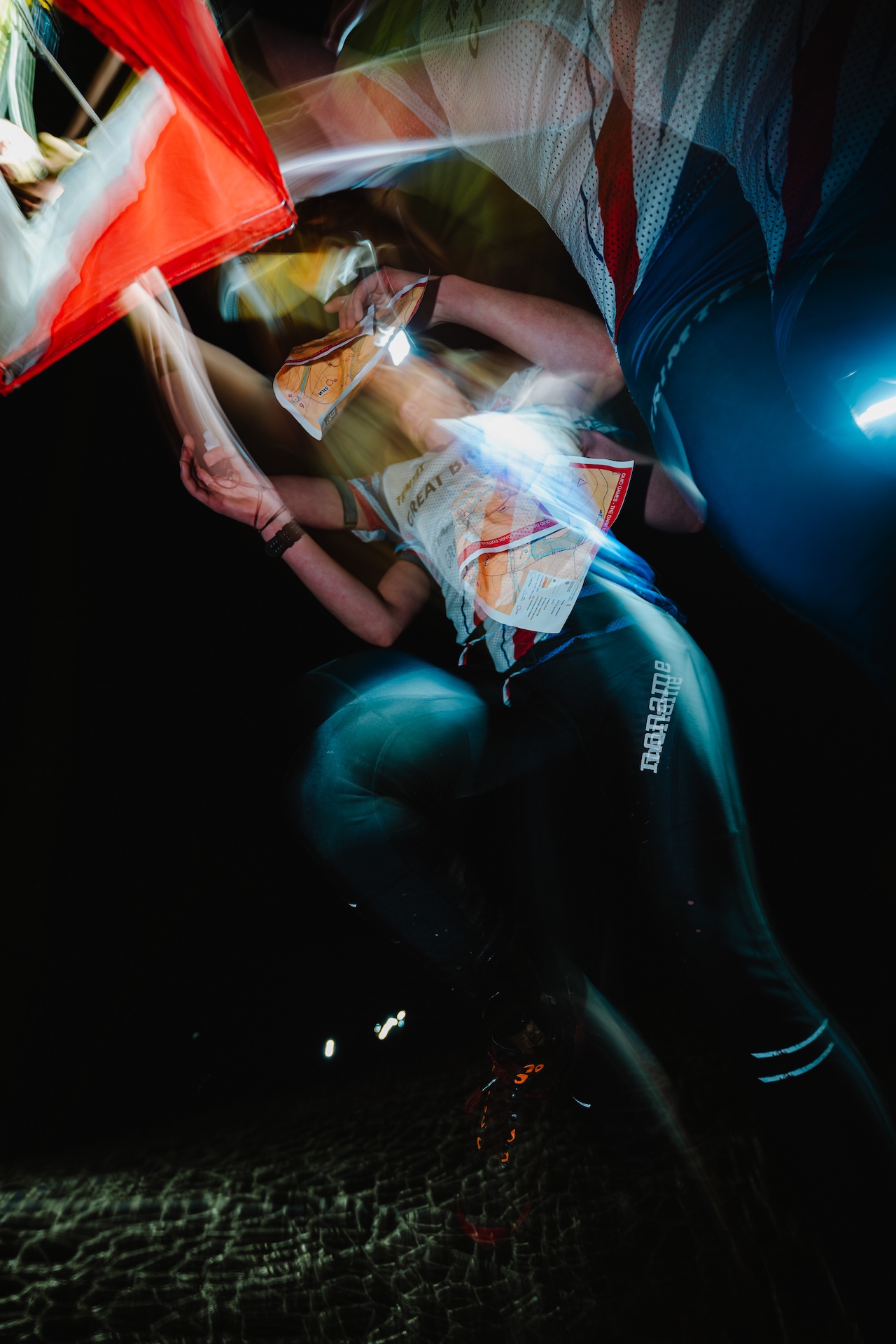
What advice would you give to someone who wants to start shooting professional trail running events and working with outdoor brands?
My advice is to go out to events and practise as much as you can, each time building upon your skills. At the same time, learning as much as you can about photography through online resources and studying and taking inspiration from other photographers you admire. You must be technically proficient before you can try to be “creative” or instinctual, and the way to do that is by consistent repetition and continuous improvement.
But most of all, and what has been the most beneficial for me, is to get to know the people in the industry. Talk to people working for brands and other creatives, learn about their work, and demonstrate that you are interested in what they are doing on a deeper level.
What's overrated and underrated in photography?
Prime lenses are overrated, full stop. Do you want a range of focal lengths you can use with each camera body, or just one? When you’re shooting sports where you only get one chance and athletes move as fast as you can react, there are no second chances. Does the client care that the background is slightly creamier, or would they rather prefer a greater variety of images they can use in different and better ways? I contend the latter, so I prefer zooms. Of course there are benefits to primes, such as gathering up to four times the amount of light versus your standard 2.8 zoom lens and the fact that it forces you to learn that focal length and use it in more creative ways, which I have been through myself. As ever, you choose the right tool for the job.
As for underrated… being prepared and able to adapt to tough situations, which comes from experience. For example, if you can’t get to the planned location, can you still accomplish your objectives at an alternative location; do you have all the spare batteries, SD cards, etc. when they inevitably malfunction at the most inopportune moment? Having a range of skillsets that you can deploy in any situation lets you react well and deliver well when the pressure and stakes are high.
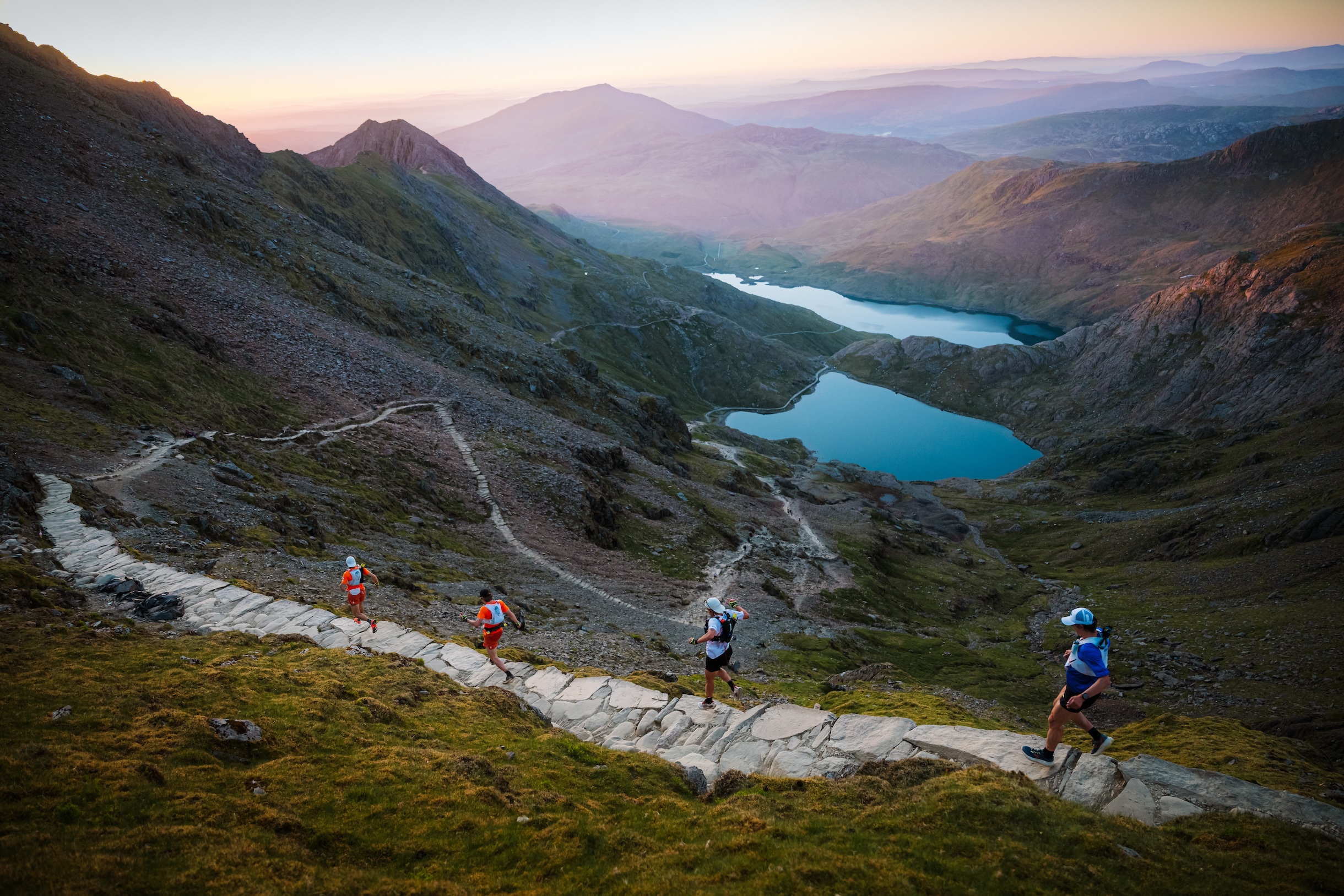




Brand or event work?
Brand work for sure. I love pre-visualising an image and planning a shoot inside certain limitations and goals, and then executing that vision in the field and in post to create art that is both beautiful and purposeful. I do enjoy events though; there is a fantastic community you meet at every event, and the thrill and demand of delivering high quality results quickly and consistently is something I’d like to keep sharp.
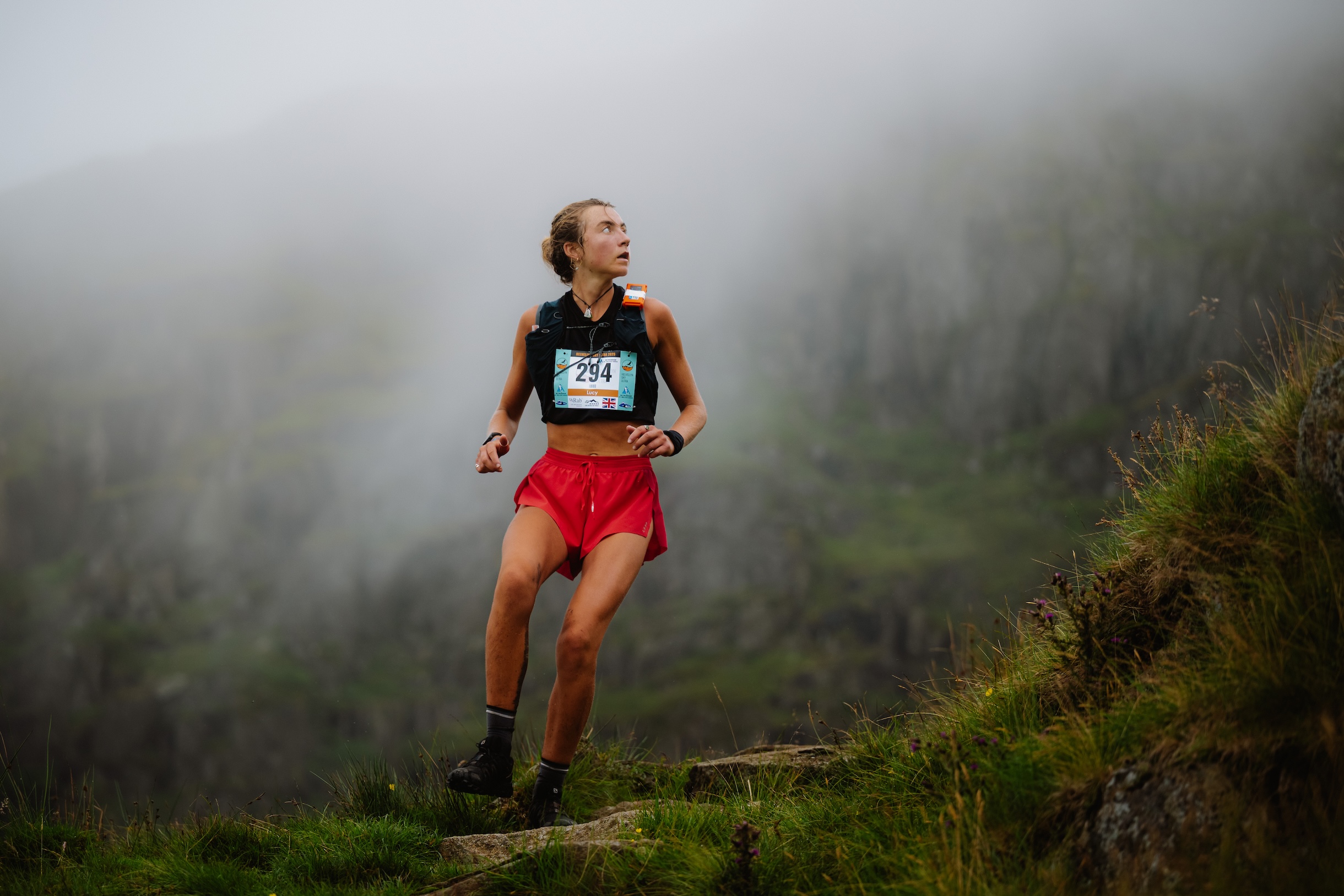
What’s in your camera bag for a typical trail running race?
Over time I’ve simplified my setup to one that works for my use case, though I like to experiment from time to time. I use two Nikon Z6iii camera bodies, with Nikkor 24-70mm 2.8 and 70-200mm 2.8 lenses; half the time with the 14-30mm f4 if I want to get creative with wides. These help me get the job done efficiently. A speedlight comes in handy for when darkness falls. Black mist filters at 1/8 strength are always on my lenses; they provide a dreamy and subtle glow around light sources that I’m fond of. Then several CFexpress and SD cards, many batteries, and a few powerbanks (I never run out of power). I do bring rain covers on rainy days, but they rarely come out of the bag as the Nikon cameras are quite durable.
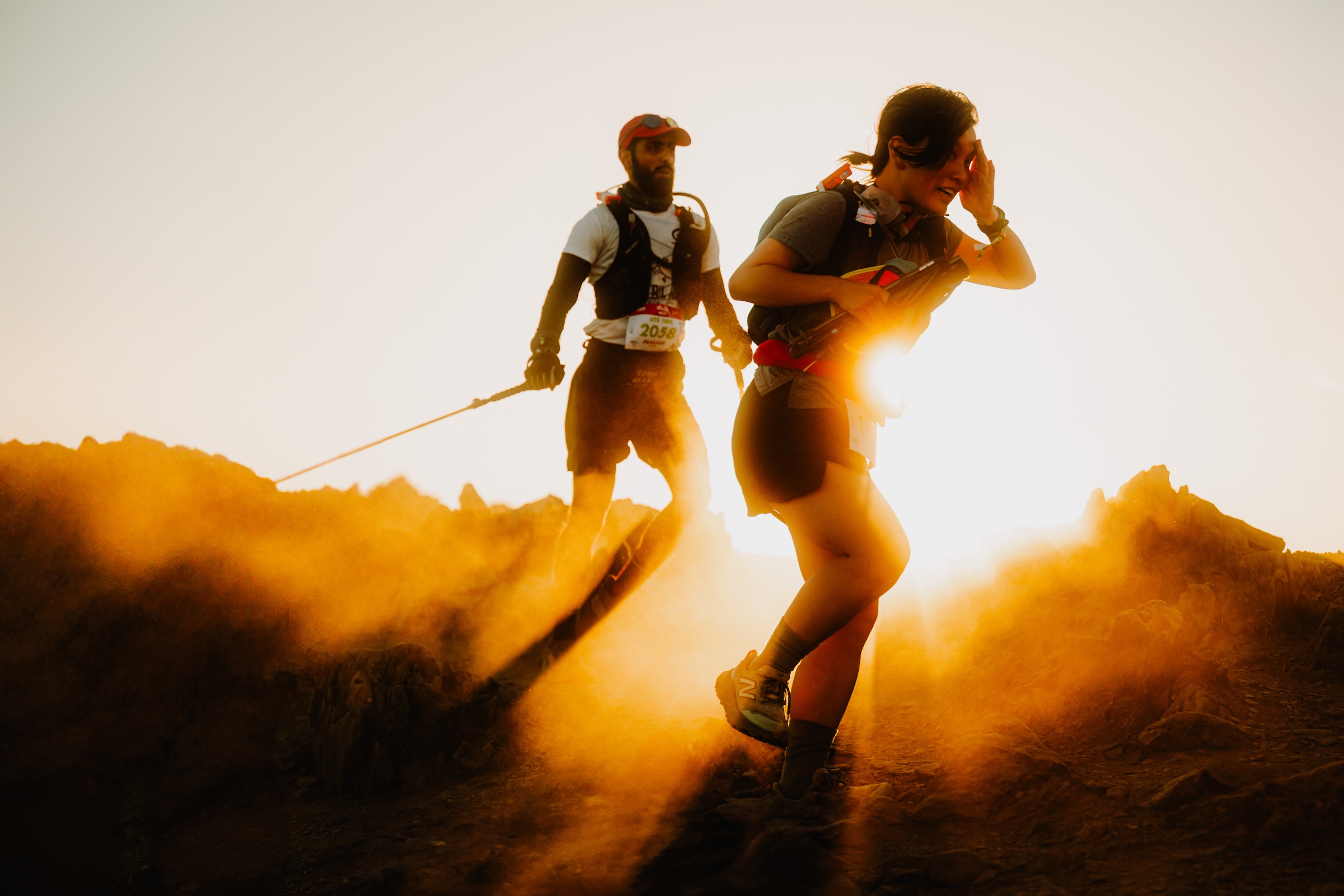



And finally, do you have any goals for 2026 you’re happy to share with us?
The great thing about the future is that you don’t exactly know what it holds, but you can direct where you want to go if you have a clear vision in mind. For 2026, I’d like to do more commercial work where I feel there is more potential for creative intentionality and growth.
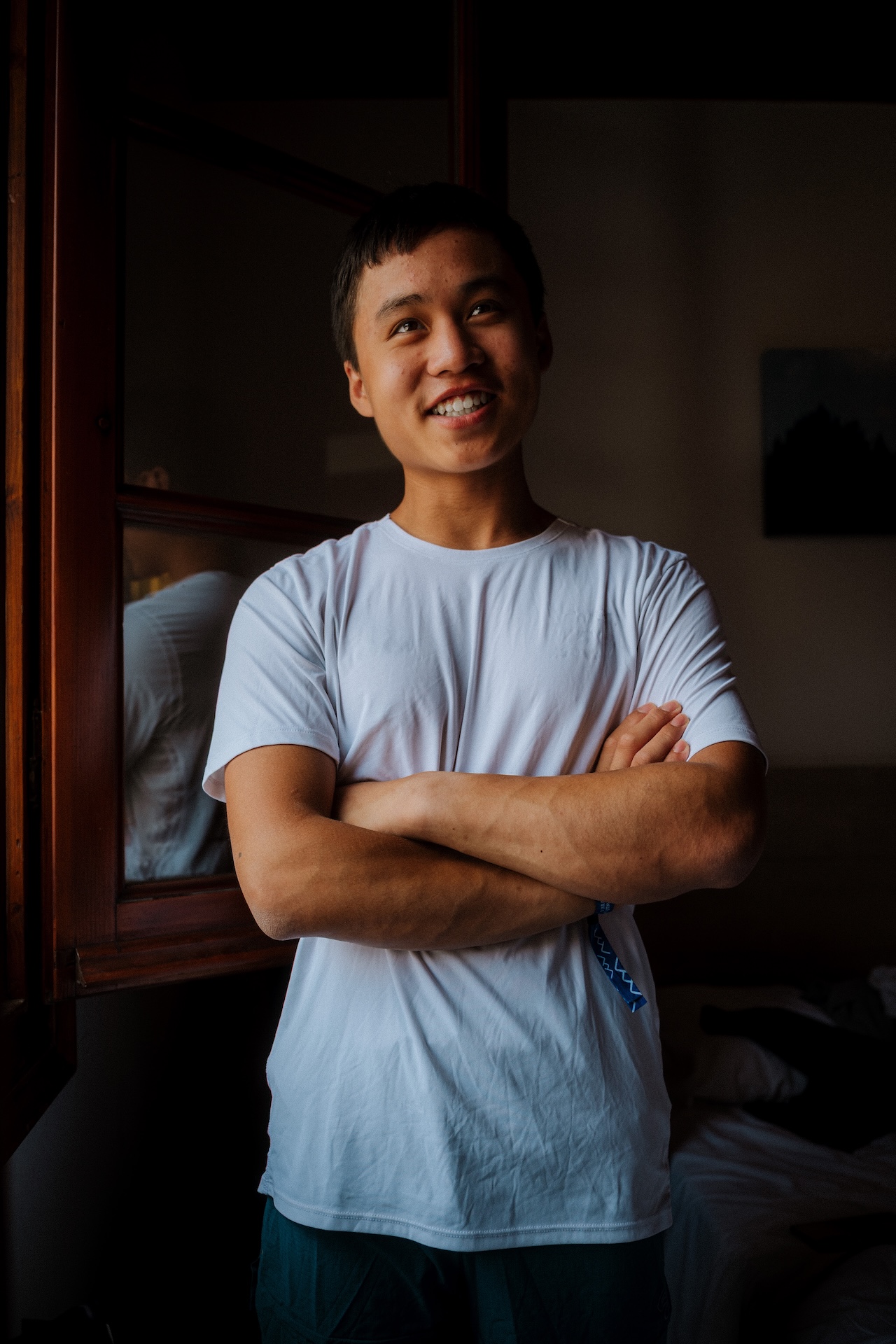
Visit Nathan's portfolio at www.nathanphua.com
Follow Nathan on Instagram @nathanphua
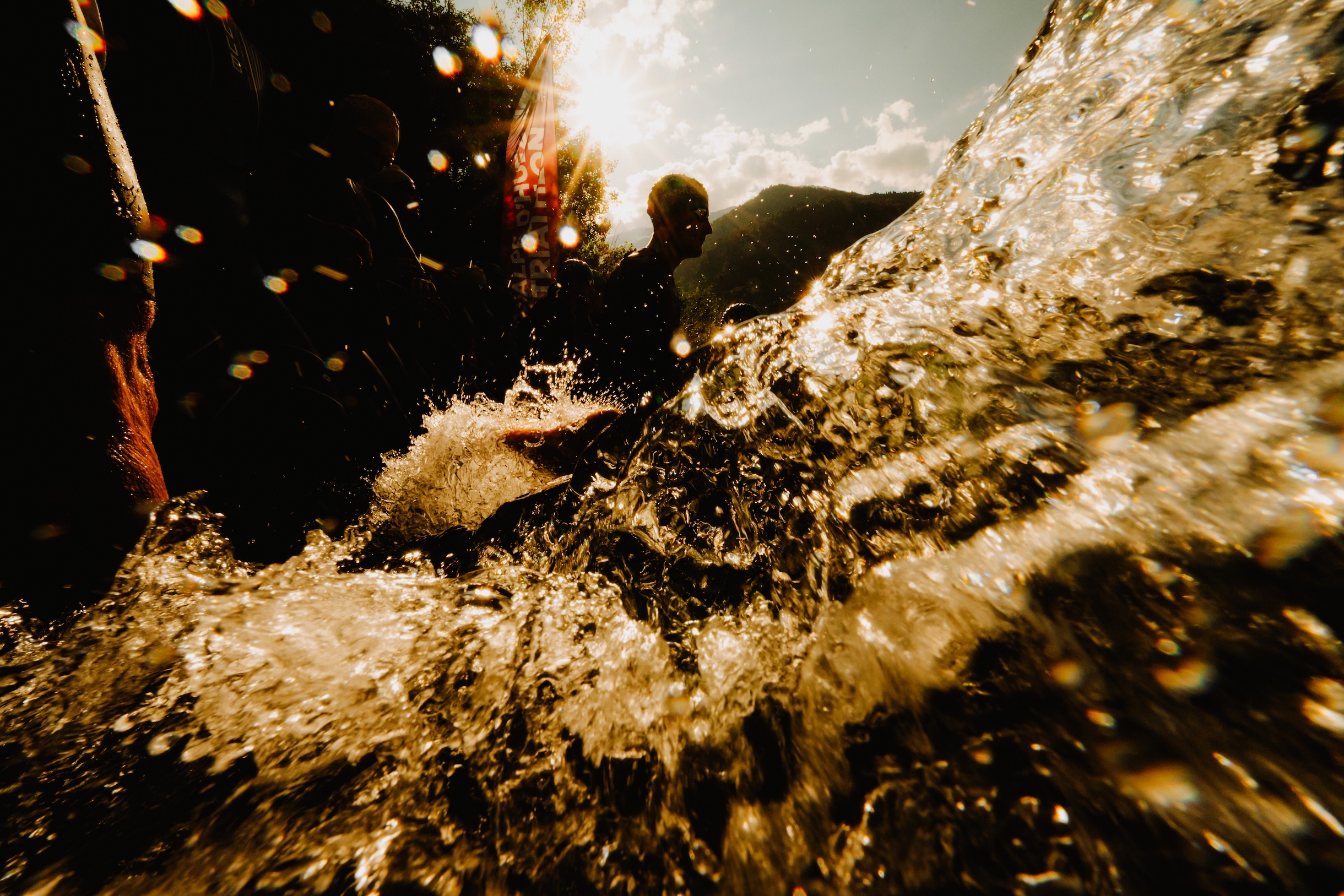
.svg)
